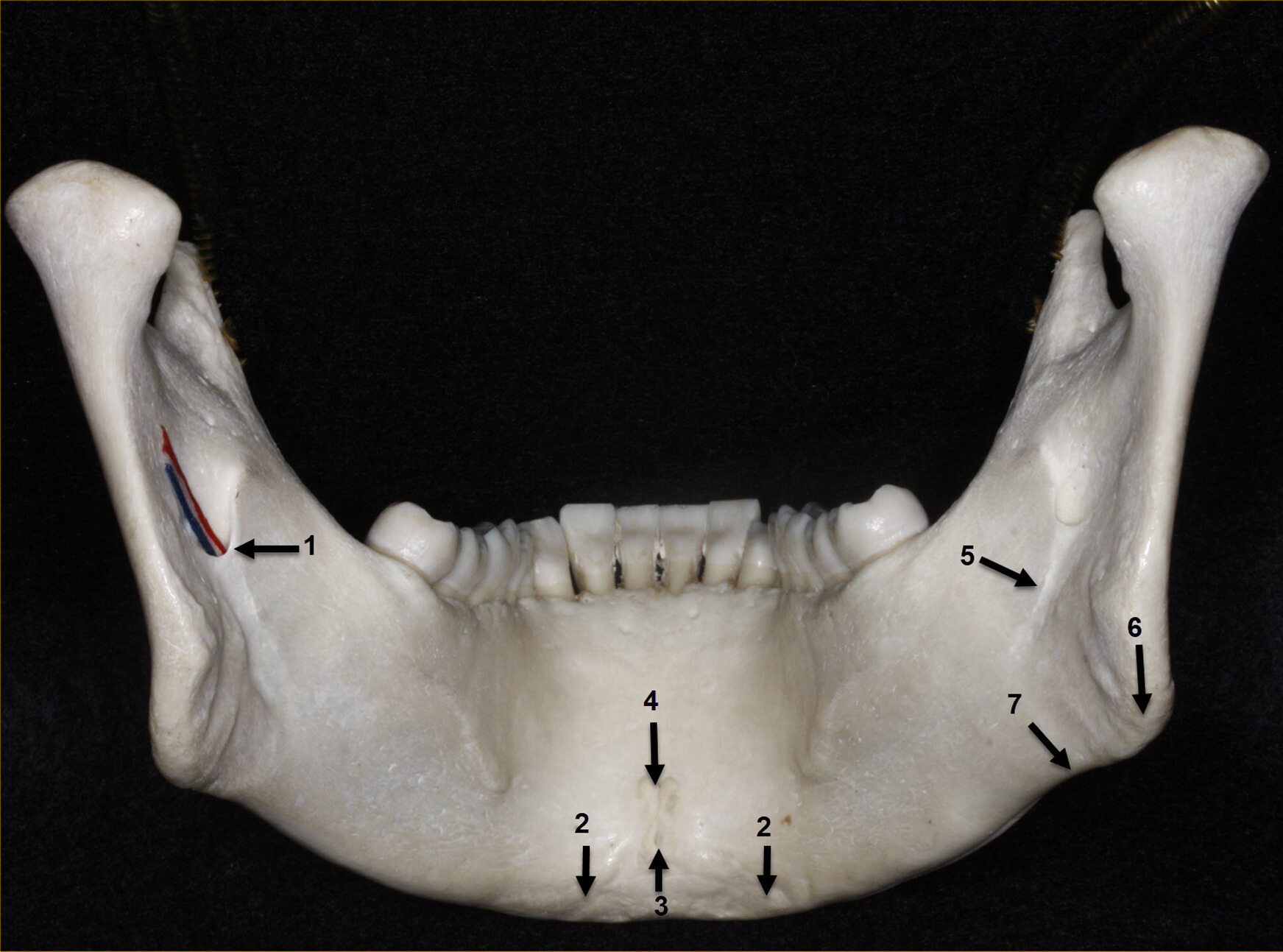
What is a mandible? The mandible, also known as the lower jawbone, is the largest and strongest bone in the human face. It holds the lower teeth in place and plays a crucial role in chewing, speaking, and facial expressions. Unlike other bones in the skull, the mandible is movable, allowing for the opening and closing of the mouth. This bone connects to the temporal bones of the skull via the temporomandibular joints (TMJ), which are essential for its movement. Understanding the mandible's structure and function can provide insights into various medical conditions and treatments related to jaw pain, dental issues, and even speech problems.
What is the Mandible?
The mandible, commonly known as the lower jaw, is a fascinating part of human anatomy. It plays a crucial role in chewing, speaking, and facial structure. Let's dive into some intriguing facts about this essential bone.
-
The mandible is the largest and strongest bone in the human face.
-
It is the only movable bone in the skull, allowing for the opening and closing of the mouth.
-
The mandible holds the lower teeth in place, anchoring them firmly.
-
It connects to the temporal bones of the skull via the temporomandibular joints (TMJs).
-
The mandible develops from two separate bones in the fetus, which fuse together around the first year of life.
Functions of the Mandible
The mandible isn't just a static bone; it has several important functions that are vital for daily activities.
-
It plays a key role in mastication (chewing), breaking down food into smaller pieces for digestion.
-
The mandible aids in speech by allowing the tongue and lips to form different sounds.
-
It provides structural support to the lower face, contributing to facial aesthetics.
-
The mandible helps in breathing by maintaining the airway's patency.
-
It acts as a lever for the muscles of mastication, enhancing the force applied during chewing.
Anatomy of the Mandible
Understanding the anatomy of the mandible can give us deeper insights into its functions and importance.
-
The mandible consists of a horizontal body and two vertical rami.
-
The body of the mandible has a curved shape, resembling a horseshoe.
-
The rami extend upward from the body and connect to the skull.
-
The mandibular angle is the point where the body and rami meet.
-
The mental foramen, located on the anterior surface of the mandible, allows nerves and blood vessels to pass through.
Mandibular Disorders
Like any other bone, the mandible can be affected by various disorders, impacting its function and health.
-
Temporomandibular joint disorder (TMD) is a common condition affecting the jaw joints and muscles.
-
Mandibular fractures can occur due to trauma, often requiring surgical intervention.
-
Osteomyelitis is an infection of the mandible that can cause severe pain and swelling.
-
Mandibular hypoplasia is a congenital condition where the mandible is underdeveloped.
-
Bruxism, or teeth grinding, can lead to excessive wear and tear on the mandible.
Interesting Facts about the Mandible
Let's explore some lesser-known yet fascinating facts about the mandible that highlight its uniqueness.
-
The mandible can regenerate to some extent, especially in younger individuals.
-
In ancient times, mandibles were often used as tools or weapons due to their strength.
-
The mandible is one of the first bones to show signs of aging, such as resorption and loss of bone density.
-
Some animals, like snakes, have highly flexible mandibles that allow them to consume large prey.
-
The mandible's shape and size can vary significantly among different human populations.
Evolution of the Mandible
The mandible has evolved over millions of years, adapting to various dietary and environmental changes.
-
Early human ancestors had larger mandibles to accommodate a diet of tough, raw foods.
-
The reduction in mandible size over time is linked to the development of cooking and food processing techniques.
-
The mandible's evolution has also influenced speech capabilities, with changes in shape allowing for more complex vocalizations.
Final Thoughts on Mandibles
Mandibles are fascinating and essential parts of many creatures. They play a crucial role in feeding, defense, and even communication. From the powerful jaws of a crocodile to the delicate mandibles of an ant, these structures showcase the incredible diversity of life on Earth. Understanding mandibles helps us appreciate the complexity of nature and the adaptations that have evolved over millions of years. Whether you're a student, a nature enthusiast, or just curious, knowing these facts can deepen your appreciation for the natural world. So next time you see an insect or a reptile, take a moment to think about the amazing mandibles that help them survive and thrive. Keep exploring, stay curious, and never stop learning about the wonders of our planet.
Was this page helpful?
Our commitment to delivering trustworthy and engaging content is at the heart of what we do. Each fact on our site is contributed by real users like you, bringing a wealth of diverse insights and information. To ensure the highest standards of accuracy and reliability, our dedicated editors meticulously review each submission. This process guarantees that the facts we share are not only fascinating but also credible. Trust in our commitment to quality and authenticity as you explore and learn with us.
